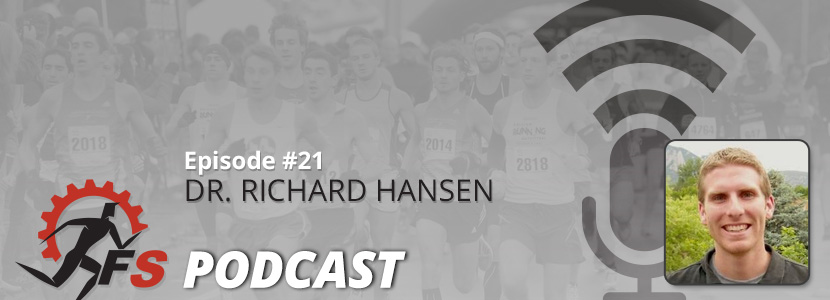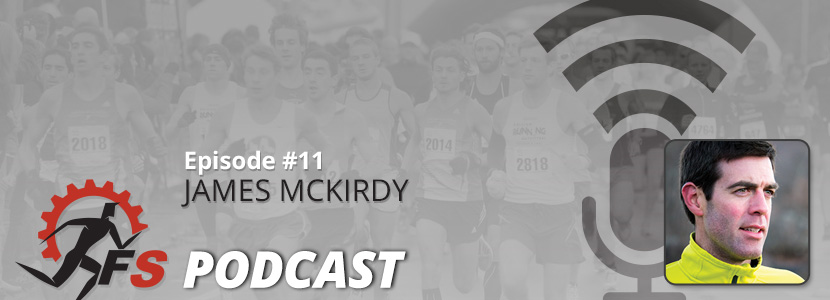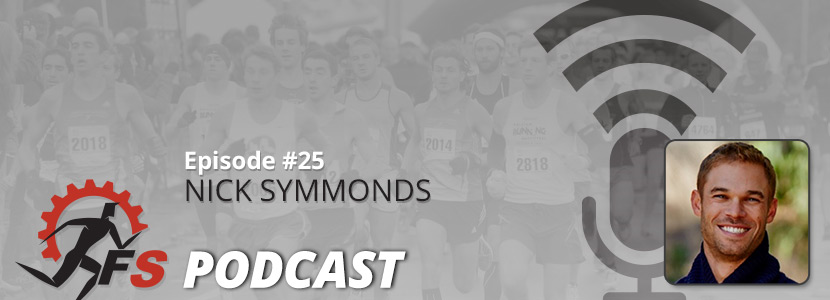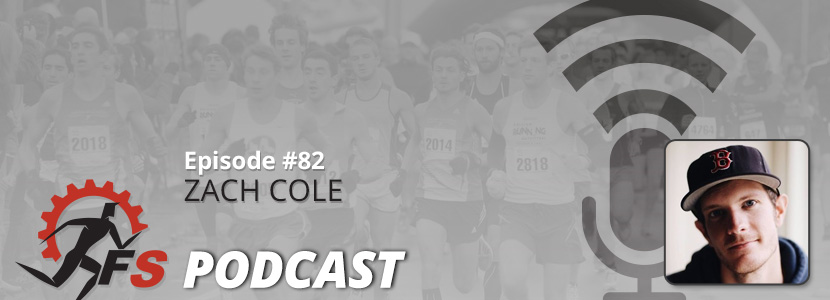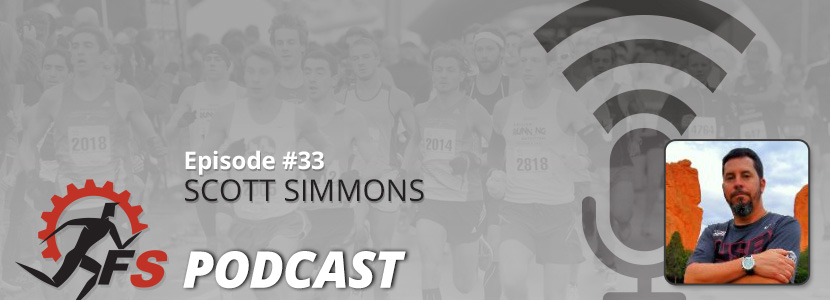In Episode 21 of Final Surge Podcast we have guest Dr Richard Hansen, coach of the Roots Running Project. Richie is a chiropractor specializing in sports medicine and more specifically runners, and is a coach of an up and coming post-collegiate team whose runners include Noah Droddy and Alia Gray. We start out talking about his coaching experiences, his athlete Noah, and then turn to injuries, strength videos and pool walking. If you enjoy this episode please take a moment to rate us on iTunes and send a thank you tweet to Dr Hansen. Now, onto the show.
Listen to the Podcast
Listen to the podcast on iTunes or listen to it on Stitcher if you have an Android device.
Stream it right here:
I want to break this up into a couple of parts by first talking about your coaching of post-collegiate groups and then talking about your other life as a highly respected chiropractor specializing in running related injuries.
First let’s find out how you got here. Can you tell us about how you got your start in running early on?
Was it your goal when you moved to Boulder to get into coaching?
We have seen a resurgence of American distance runners over the last decade. How much do you see the explosion of post-collegiate running groups playing a part in that?
When someone is thinking about joining a post-collegiate group, there are two types of runners to consider. First is the elite runners – the first team All-Americans. Then there are the larger groups of very good college runners, but not elite, who want to see how much they can continue to improve. For that second group – who should consider continuing to train on their own versus looking for a group like yours?
Probably your best-known runner is Noah Droddy. Of course, he is known as that guy with the long hair and mustache in the 10k at the Olympic Trials who became an internet sensation. But really the thing even more impressive than his hair is that I understand he went from a 14:30 5k runner to running 14:10 splits in the 10k. What did you guys do differently to see that dramatic improvement?
You know you have made an impact when people are dressing up as you for Halloween as we saw on Twitter. Is he as big of a character in real life as he comes across?
How has his racing been going since the Trials?
Let’s switch gears a little…
Now you have coached everything from high school to Olympic Trials qualifiers, and your primary profession is as a chiropractor at High Altitude Spine and Sport. So let’s get into injuries. I want to break this down into segments. Let’s start with high school runners. We have a lot of high school coaches who listen to this. In high school, as you know from your coaching days, a team usually has everything from a new runner who does other sports but not track to those who have never run before to those going for state. What are the most common injuries and causes you see in high school boys and girls?
With shin splints, you will often have a coach send the athlete in to see the school trainer and the trainer will say to use ice and then roll it out a little. They are obviously treating the symptoms, not the cause. What are the most common causes?
When you coached high school athletes, were there any extensive warm-up and cool-down routines, and did you design them around injury prevention?
You showed me a tape job last summer for relieving shin splints for runners. Do you have a video online anywhere so others can see it?
Now this runner, they go off to college and likely have a more extensive strength routine there than they did in high school. When you get a runner out of college joining your club what are you seeing as deficiencies that are leading to injuries?
There are a lot of videos online and on YouTube. Are there any hip/strength routines that are online that you recommend? (See resources below)
When one of my runners gets an injury I always send them to two local guys here who I know, know runners. Sometimes they don’t take my advice and will go see a physical therapist who I feel often doesnÍt really help them much. So the question is when someone in our audience, who doesn’t live in Boulder and has an injury they want to get checked out, tell us how they can go about finding the right person to help them get back to running.
One thing you got me doing was pool walking after a run. Can you talk about why you are such a fan of that?
Now if someone is out with a running group for a long run, gets back to their car and has to drive home for 20 to 25 minutes, and will often stop for a coffee on the way home is it still good for them to get into the pool 30-40 minutes later after they are done their run?
If someone wanted to reach out to you, you have your Roots Running podcast they can listen to… how else can they reach you?
Rapid Fire… 5 questions in under 1 minute
Favorite running book? – Once a Runner and Road to the Top
Current trainers you are wearing? – Brooks Launch and Nike Lunar 3
Favorite race? – Half marathon and Payton Jordan Track Festival
Favorite recovery meal or recovery drink? – Italian soda and fish tacos
Your favorite piece of running equipment that is not your shoes? – Pool or compression sleeves
You can find Dr. Hansen online in the following places:
Team Final Surge


